Smoke from wildfire and wildfire cleanup contains chemicals, gases, and fine particles that can harm human health. These hazards can continue even after fires are under control. Fine particles in the air can reduce lung function and cause coughing, wheezing, and difficulty breathing. Most symptoms are short-lived in otherwise healthy people but can be a significant problem for people with pre-existing conditions such as asthma, COPD, and heart conditions.
Symptoms of smoke exposure include:
- Irritation to eyes, nose, and throat
- Coughing
- Wheezing and shortness of breath
- Headaches
- Trouble breathing as normal
- Running nose
- Asthma attacks
**Please note that this safety topic relates to environmental air quality only, if you are looking for resources related to determining day-to-day air quality for your facility, please visit Respiratory Protection and connect with one of our Industrial Hygienists for more support.
Support for Wildfire Evacuees and Emergency Response



